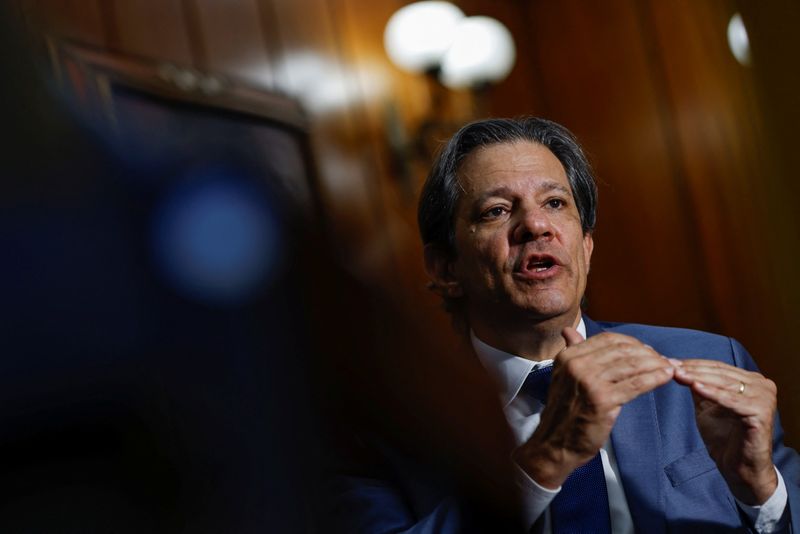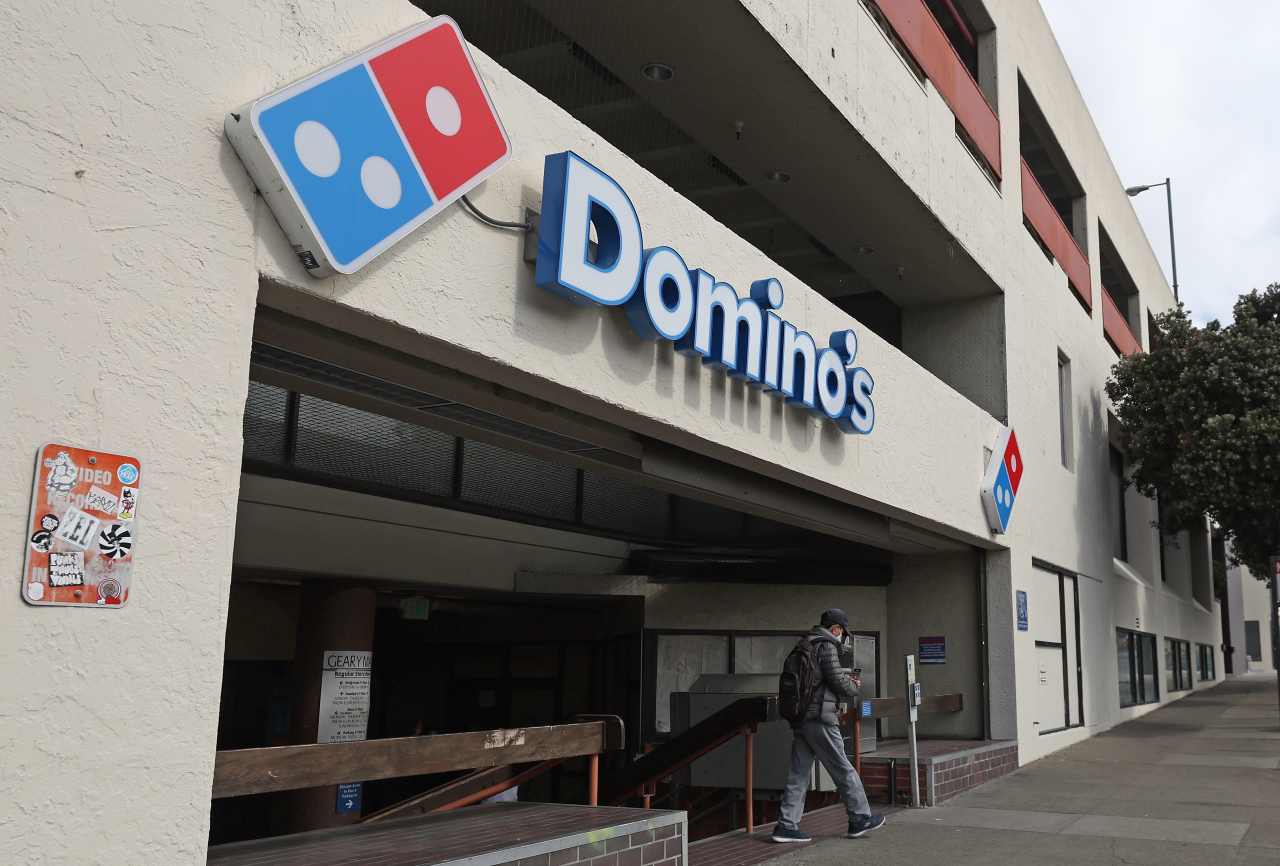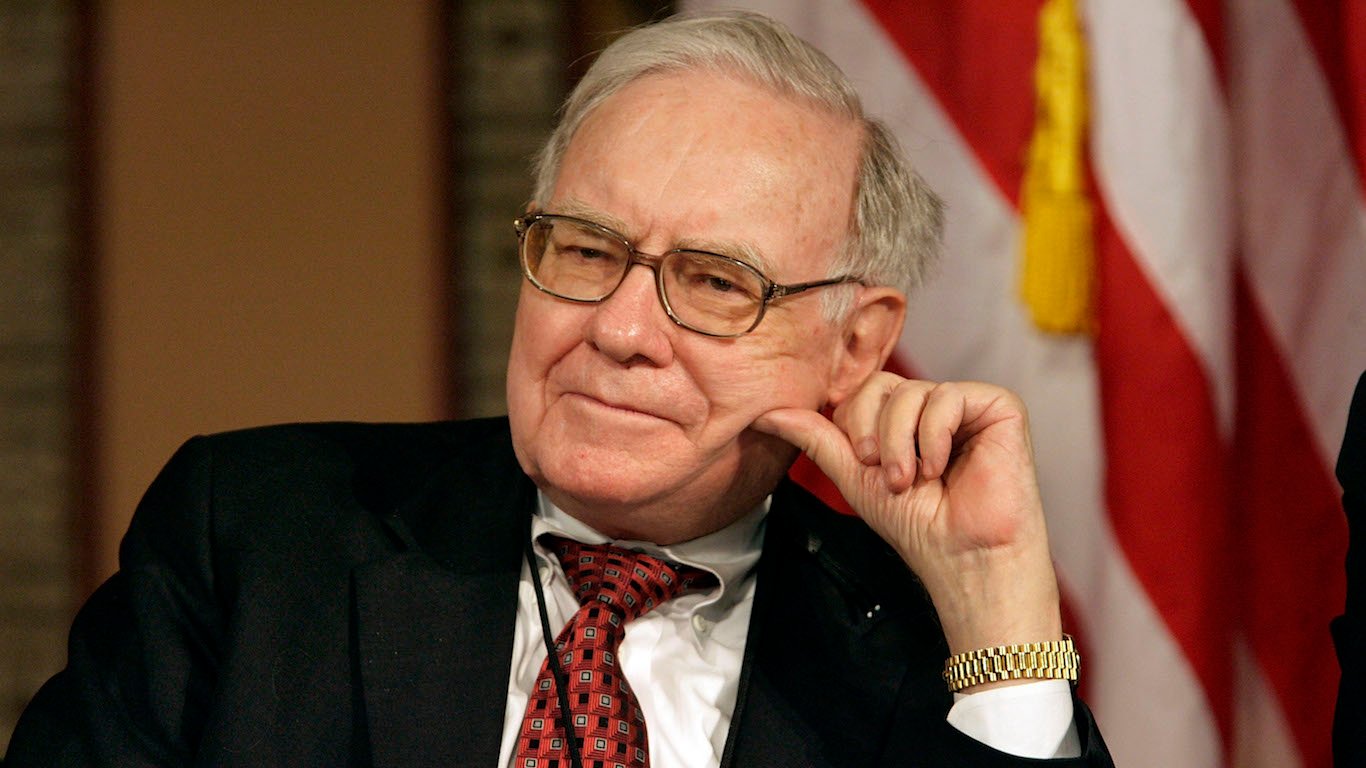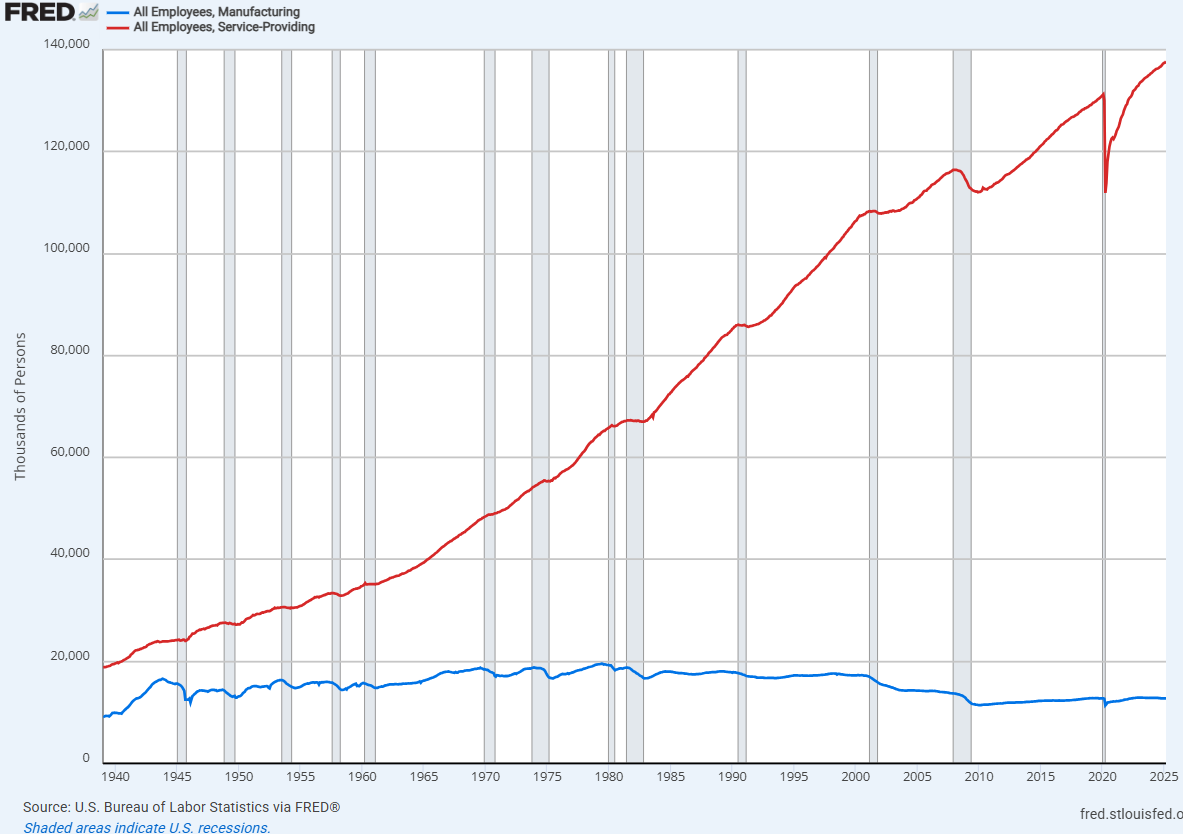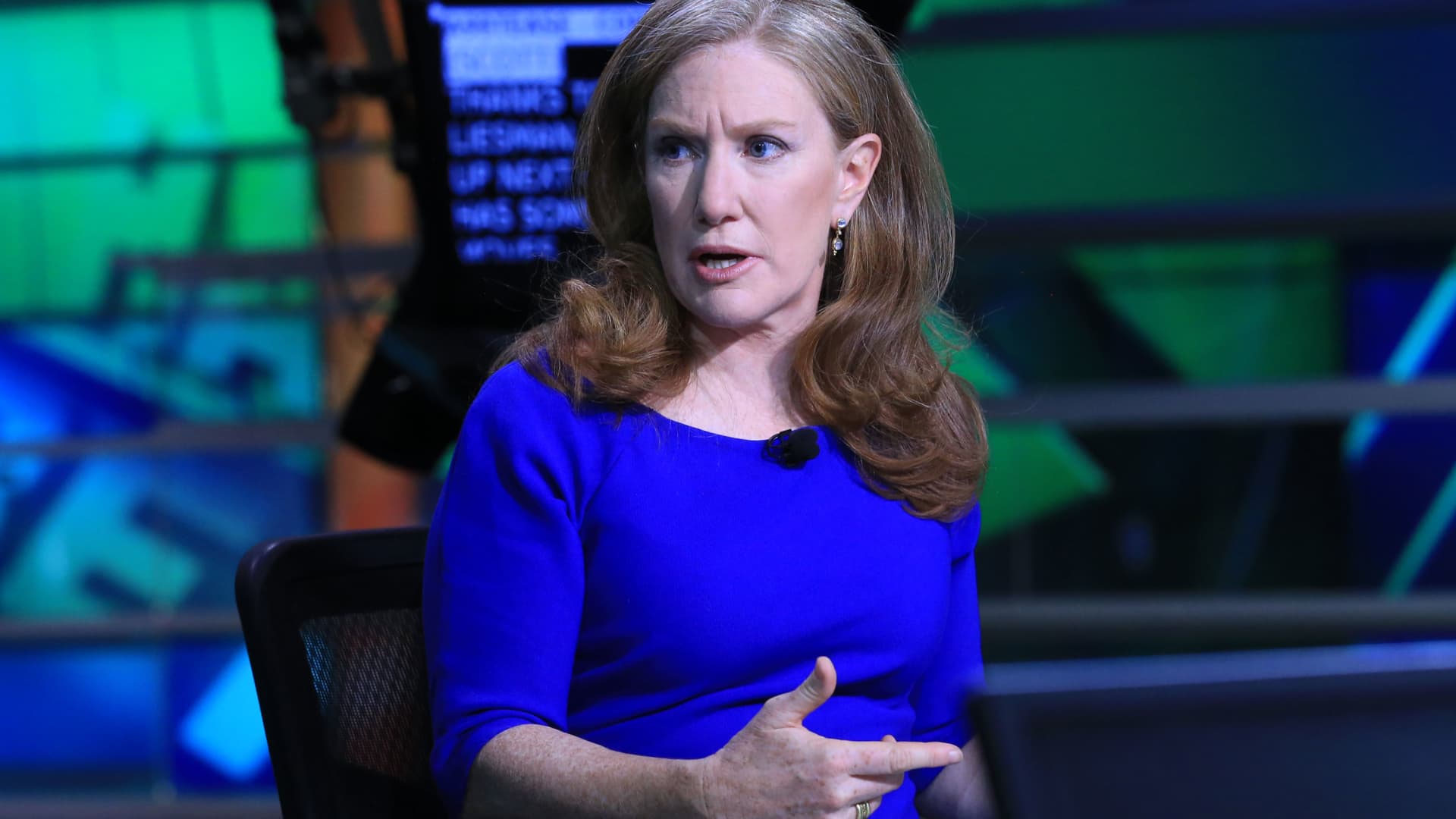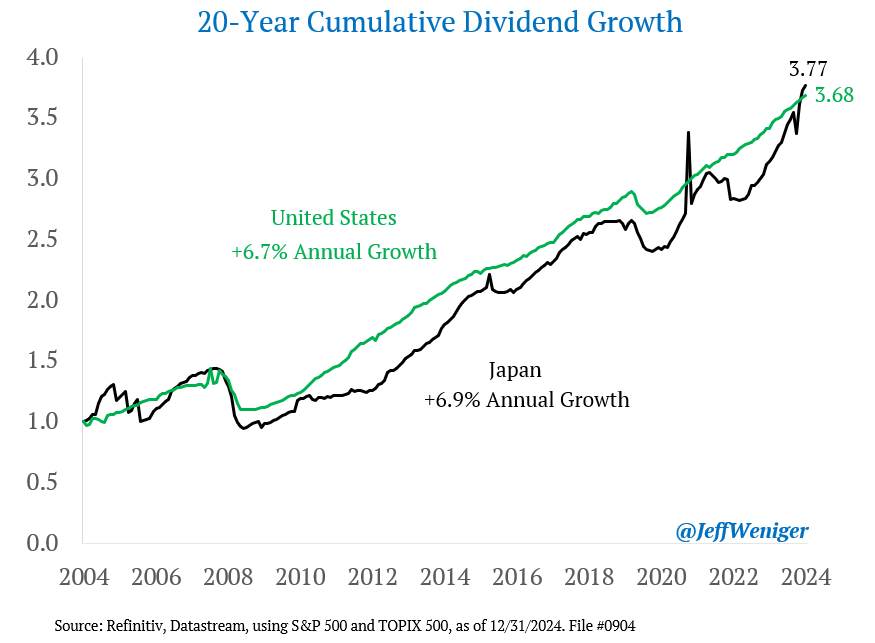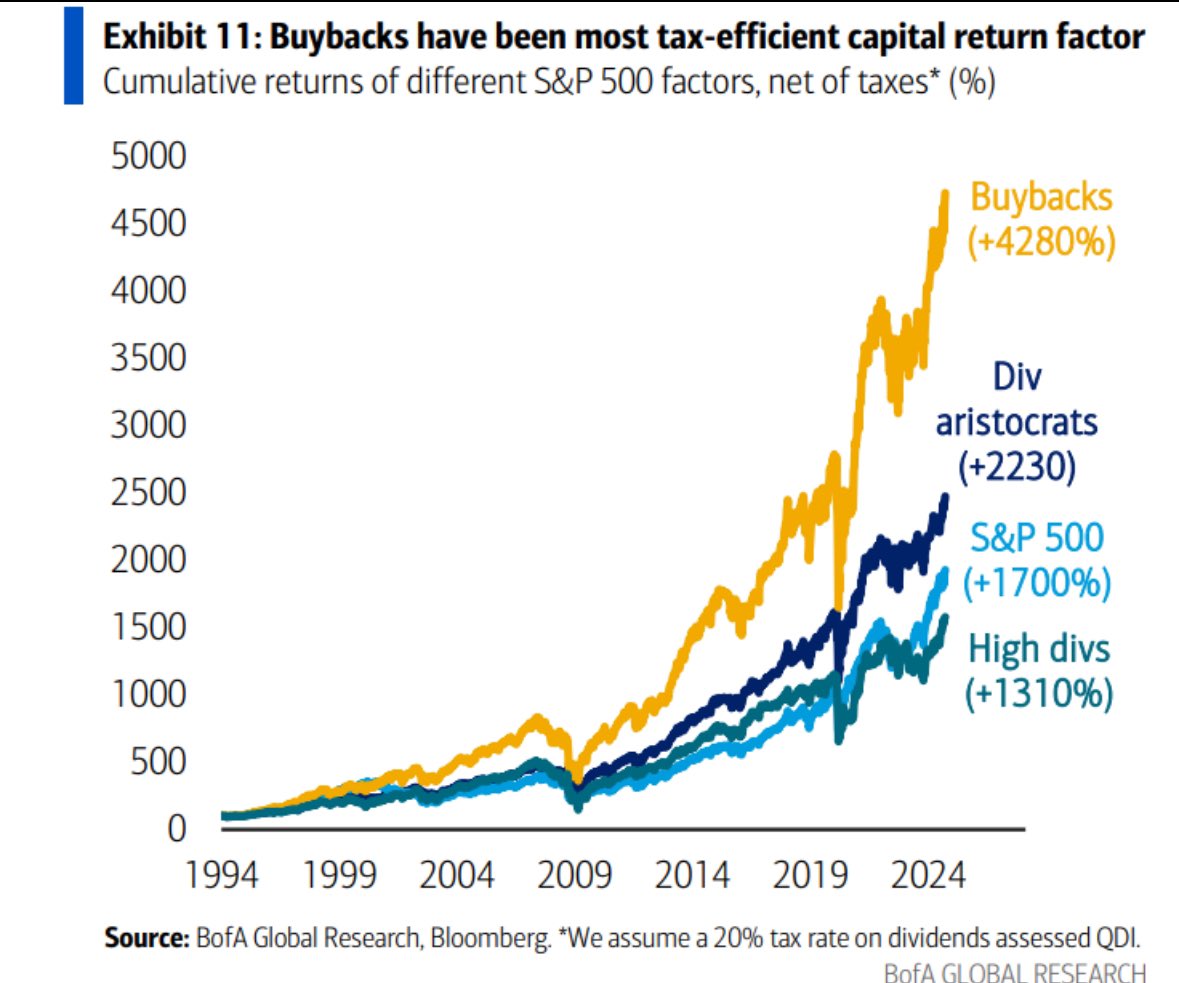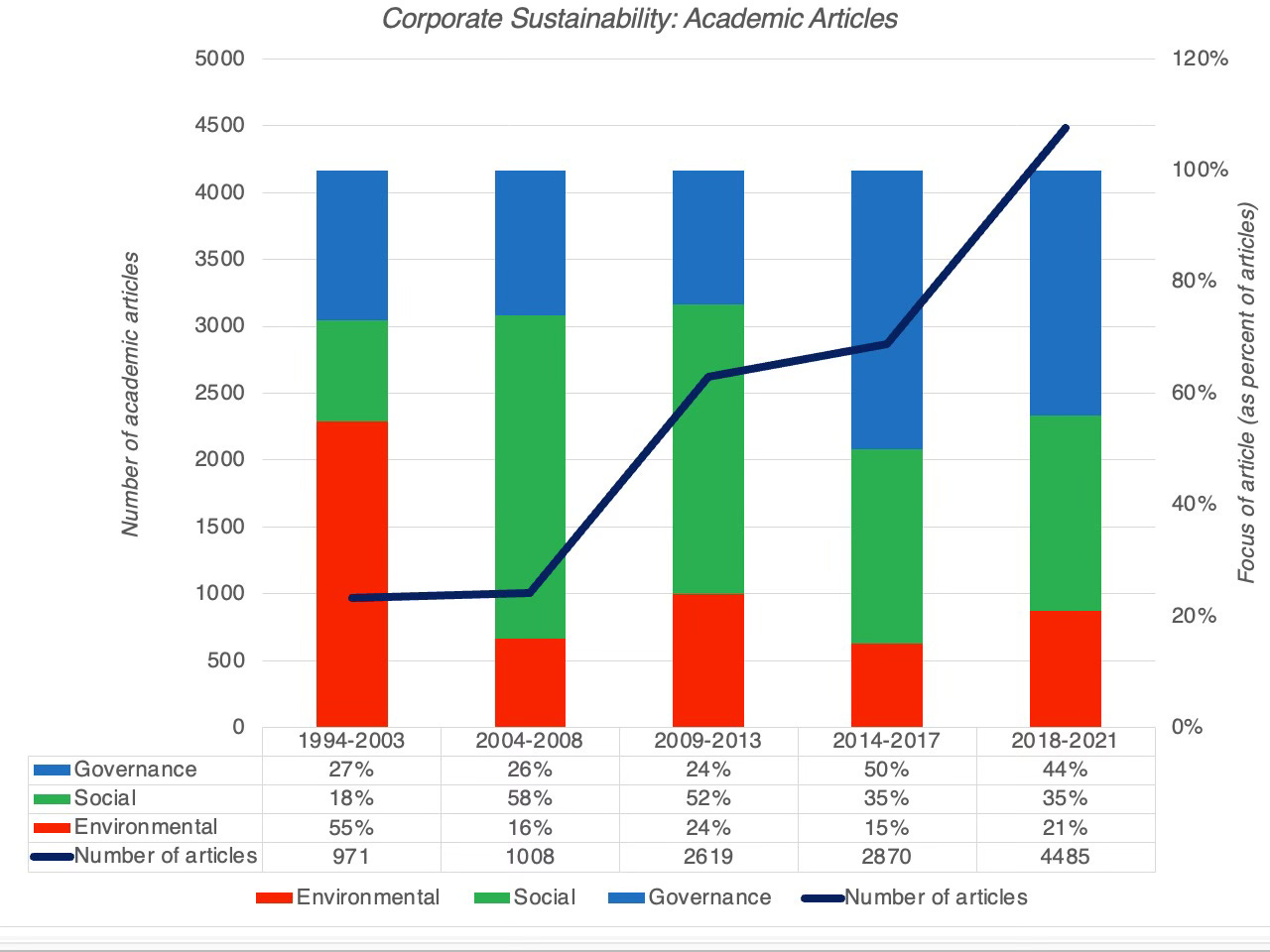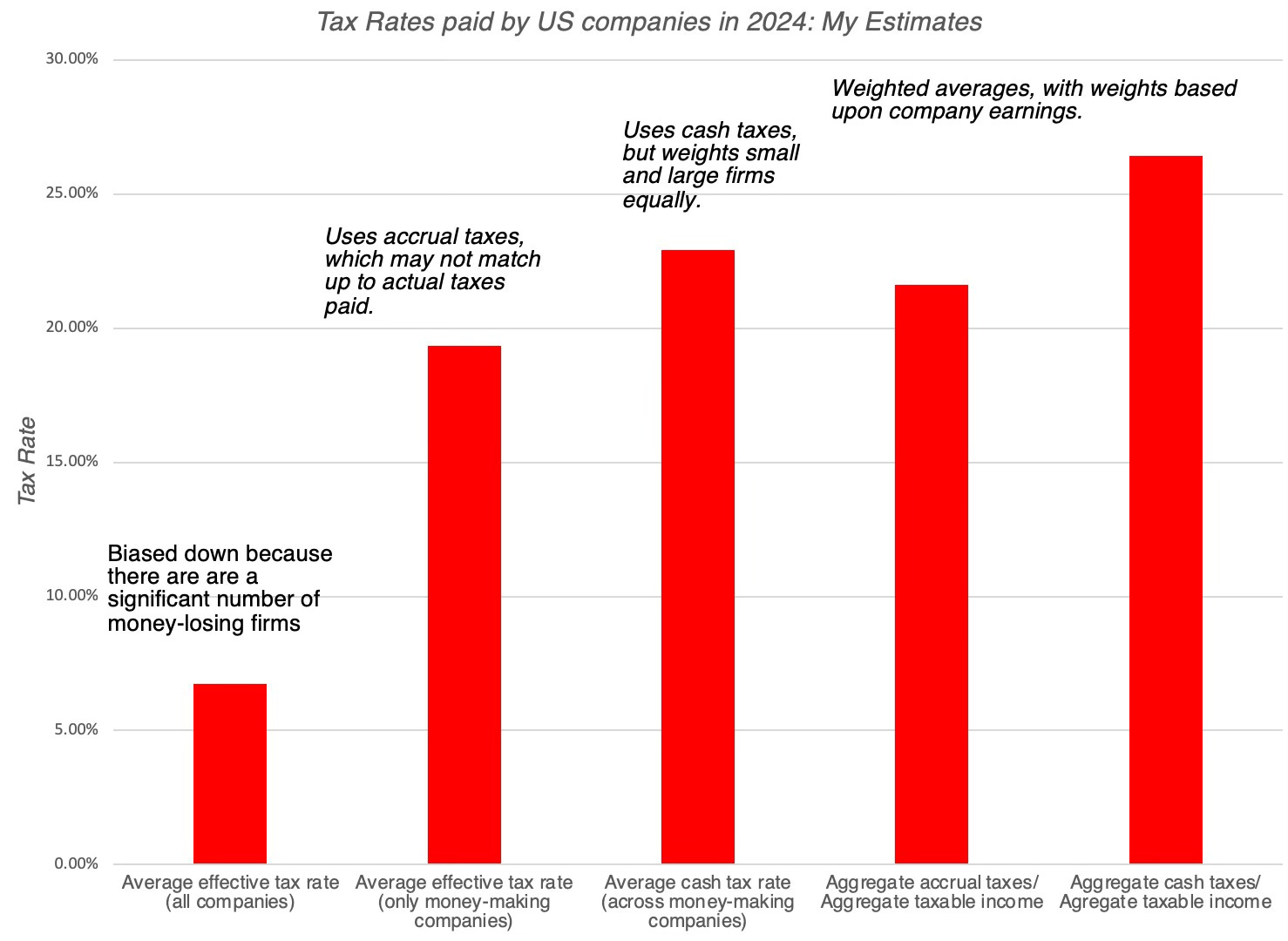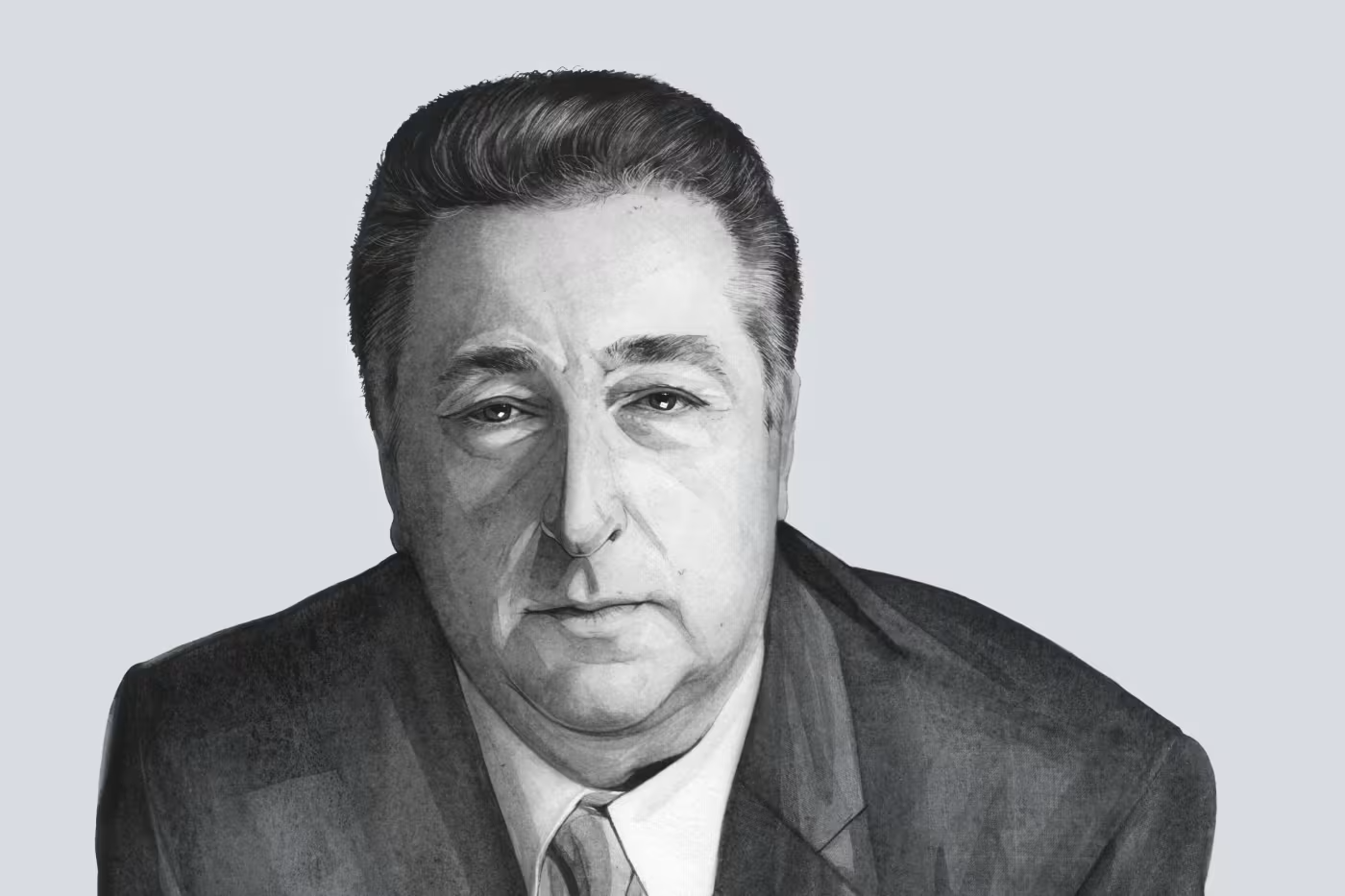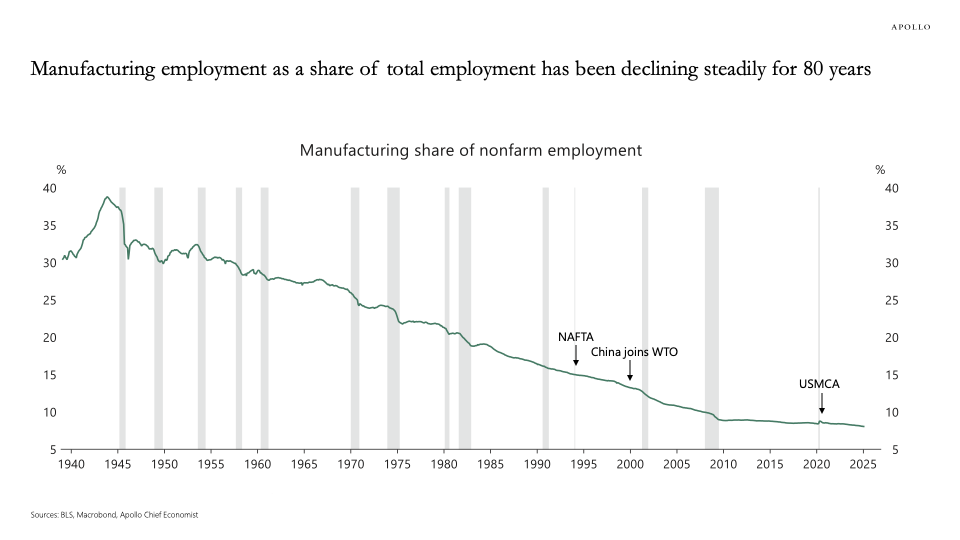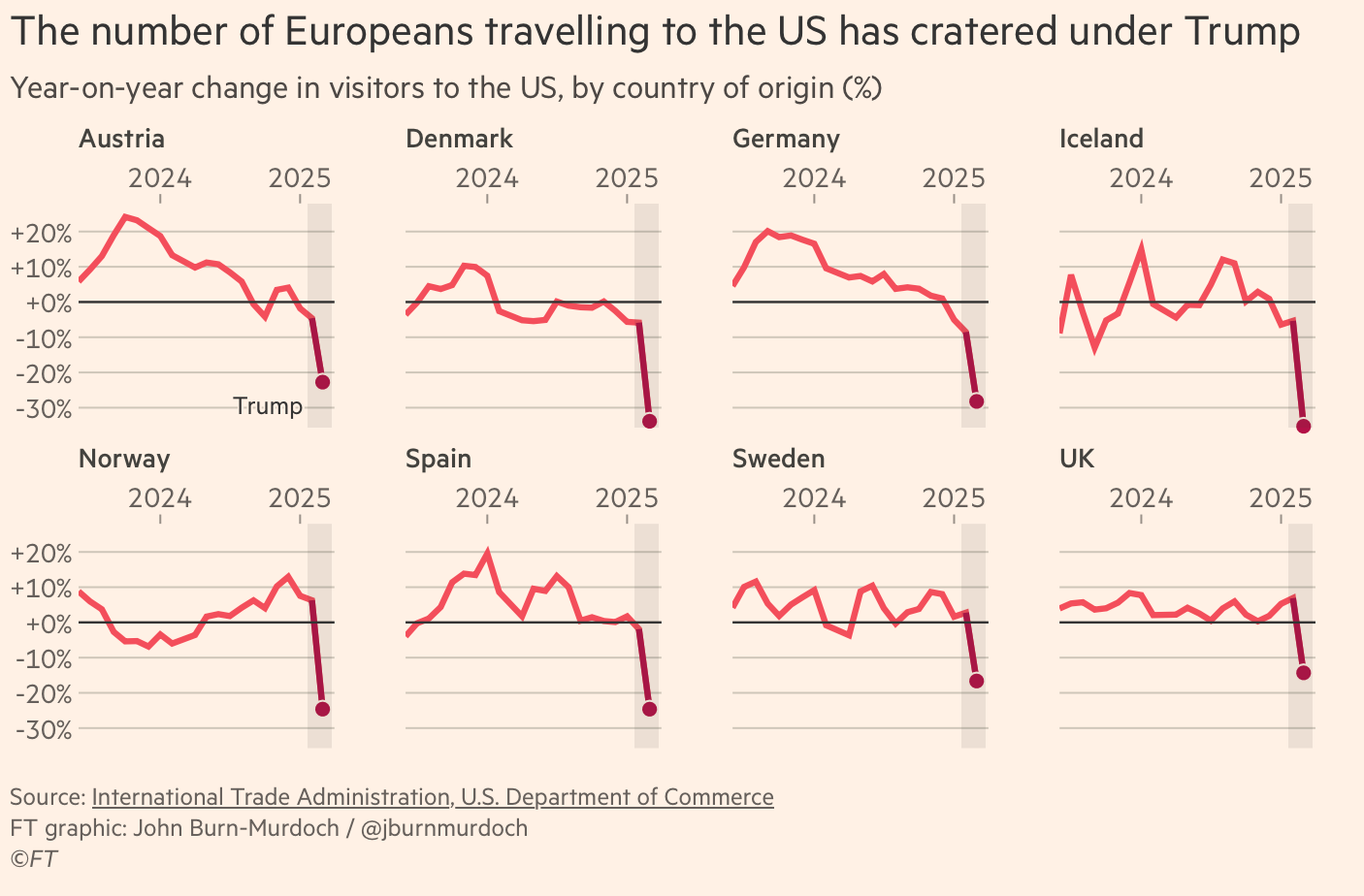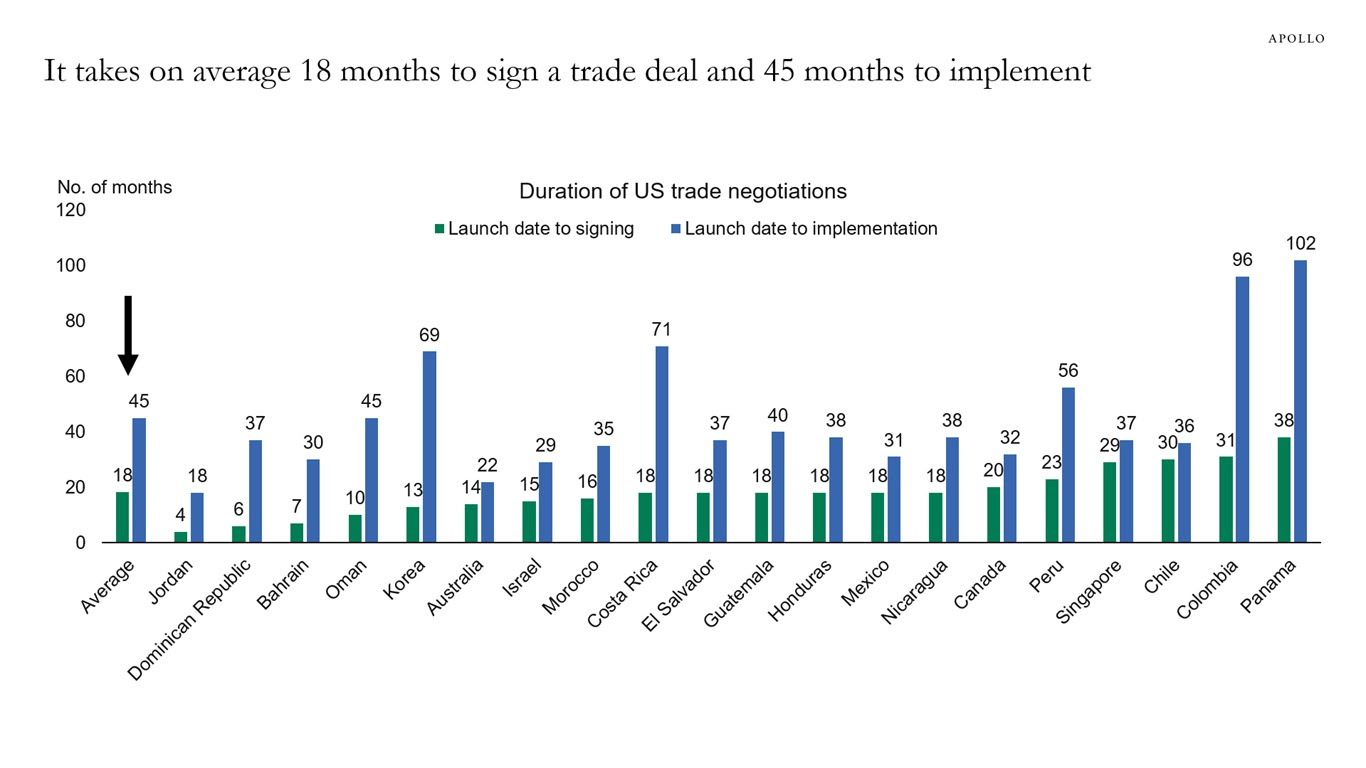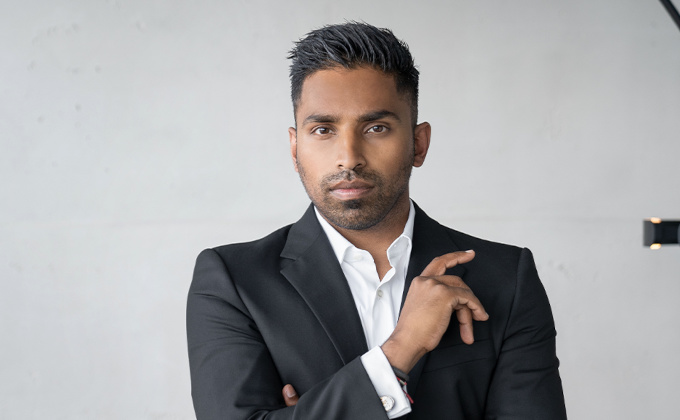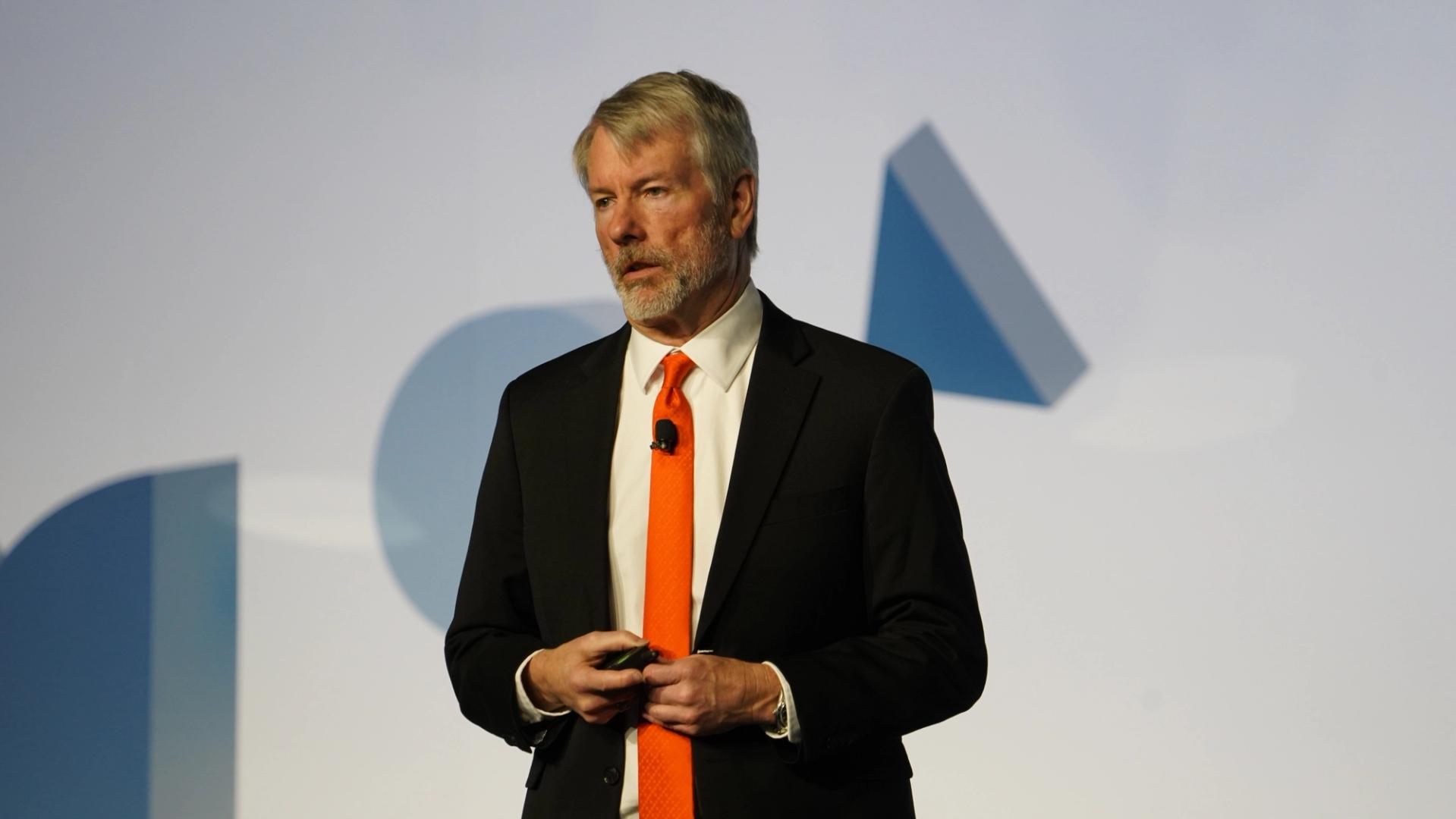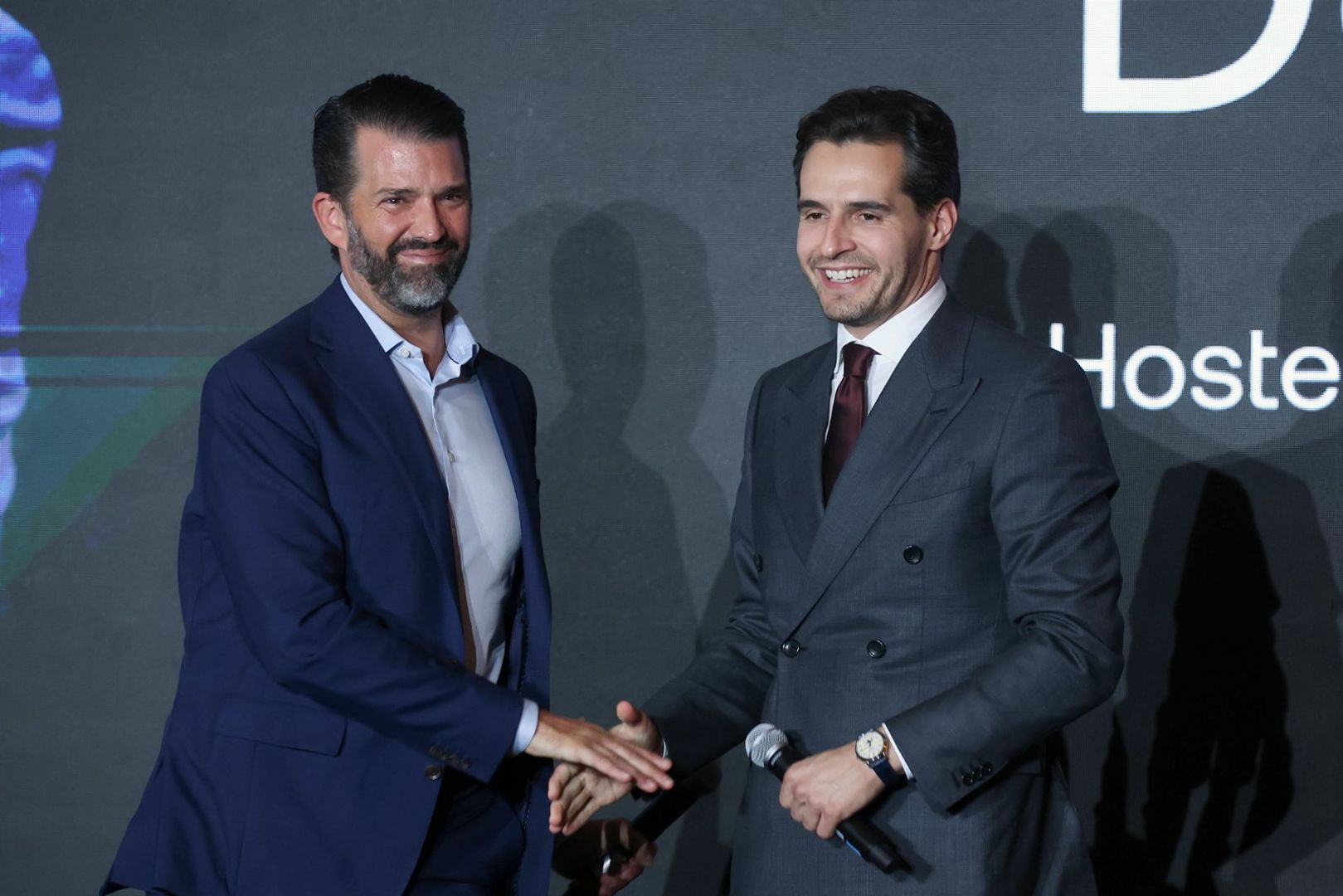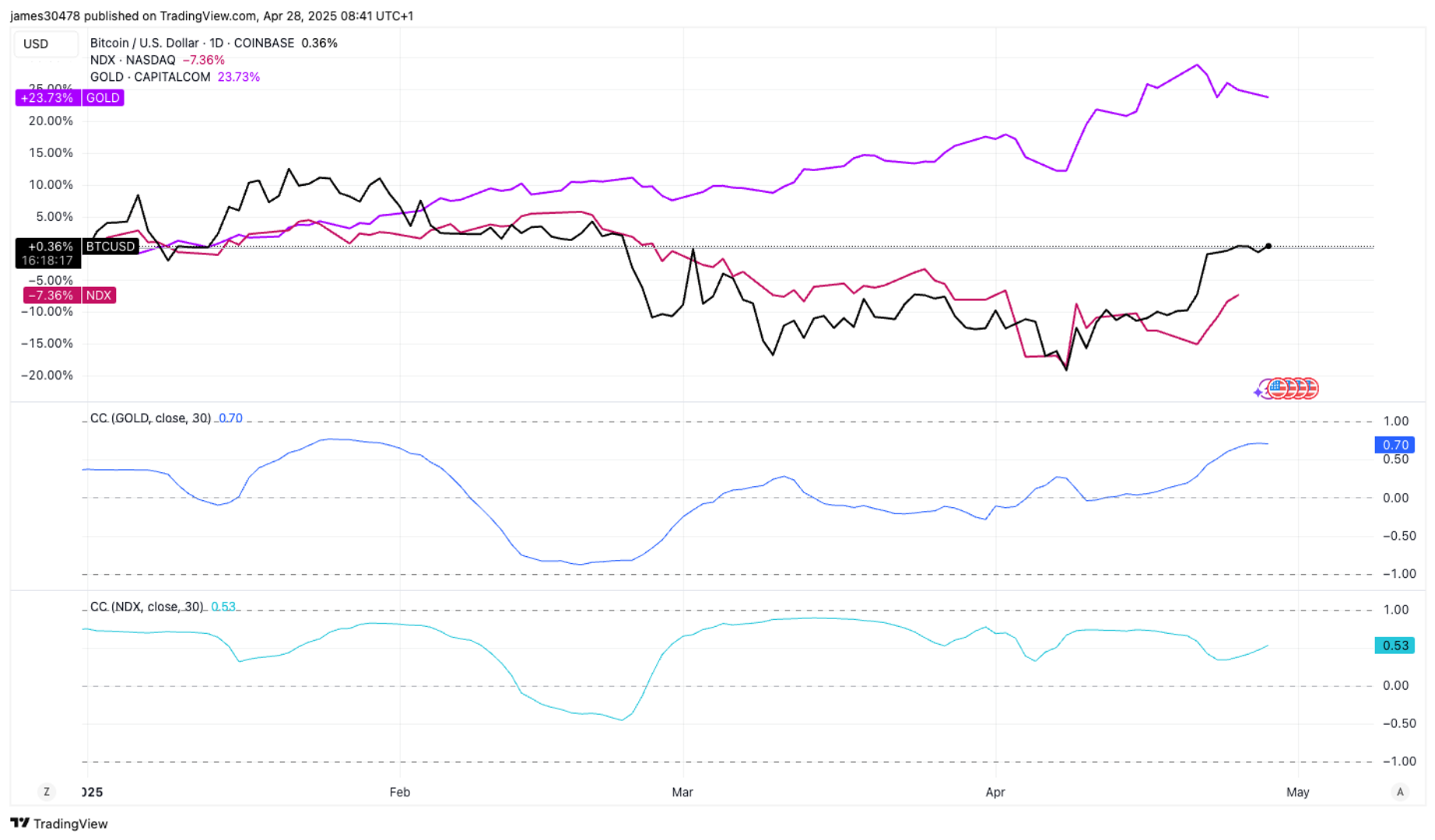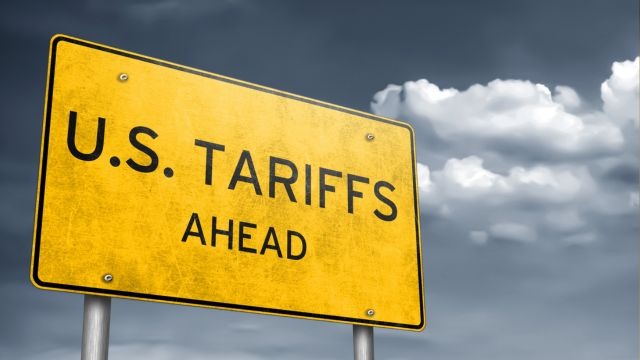Hybrid COOs are quietly taking over the C-suite
The hybrid COO is emerging as the glue connecting strategy to execution.

The modern COO is no longer just an operator. They’re part strategist, part technologist, part transformation architect, and, increasingly, one of the most essential drivers of value.
“There is tremendous pressure on organizations now to adapt to changes at a scale and complexity we haven’t seen before,” says Anat Lechner, clinical professor of management at NYU Stern. “The COO has to grow another wing, so to speak.”
The role is evolving, often reflected in hybrid titles like president and COO, COO and chief transformation officer, and the increasingly popular COO and chief financial officer, as well as COO and chief technology officer pairings. These aren’t vanity titles. They represent a strategic response to a business landscape that demands speed, agility, and cohesion across various traditionally siloed functions.
Companies like Salesforce and PayPal, for instance, have embraced the joint COO and CFO model, aiming to streamline capital allocation, decision-making, and execution through a unified lens.
“When you’re scaling a company in today’s environment, it’s not enough to know what’s working. You need to know why and at what cost,” Lechner says.
This dual-role COO is becoming especially critical in capital-intensive and high-growth sectors, where financial discipline must match operational agility, according to Lechner. The thinking is that one leader accountable for both investment strategy and performance can unlock greater clarity and alignment across the company.
At the same time, the overlap between the COO and CTO is growing. “Where companies face pressure to adapt technologically, you see this hybridness emerge,” Lechner notes. As AI, automation, and platform shifts disrupt entire industries, COOs must now oversee supply chains, operations, and how the organization adapts and evolves.
“The new conversation is about COOs as strategic partners,” says Lechner. “You have to manage long-term vision and short-term execution. If you can’t think cross-functionally and lead with emotional intelligence, you won’t last.”
That combination of strategic clarity and sound decision-making is fast becoming a differentiator for corporate leaders. As Brian Uzzi, professor at Northwestern’s Kellogg School of Management, puts it: “We’re going into new areas that we know little about, but we have a feeling there could be tremendous changes coming from them, like AI, which is infecting the DNA of all organizations.”
Adding an operational element to C-suite functions allows companies to actively dismantle informational silos and integrate decision-making from various parts of the business. “If you want to be adaptive and solve problems in new ways, you’ve got to get rid of those blind spots,” Uzzi explains.
As chief operators take on more responsibilities, fostering a strong relationship with CEOs becomes all the more critical.
“The most successful COOs shadow the CEO closely,” says Lechner. “Together, they create a seamless leadership dynamic that links strategy to delivery.”
And for good reason: The chief operator role has become a prominent stepping stone to the corner. In fact, nearly half of newly appointed CEOs were promoted from a COO or president role in 2024, according to executive search firm CristKolder Associates. Similarly, the CFO pathway remains strong, with 7.1% of finance chiefs taking over as CEO last year.
For those looking to leverage these emerging springboards to the corner office, Lechner’s advice is “to be more of a strategist, more emotionally intelligent, and more of a collaborator.”
This story was originally featured on Fortune.com






